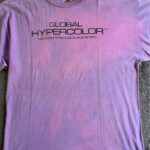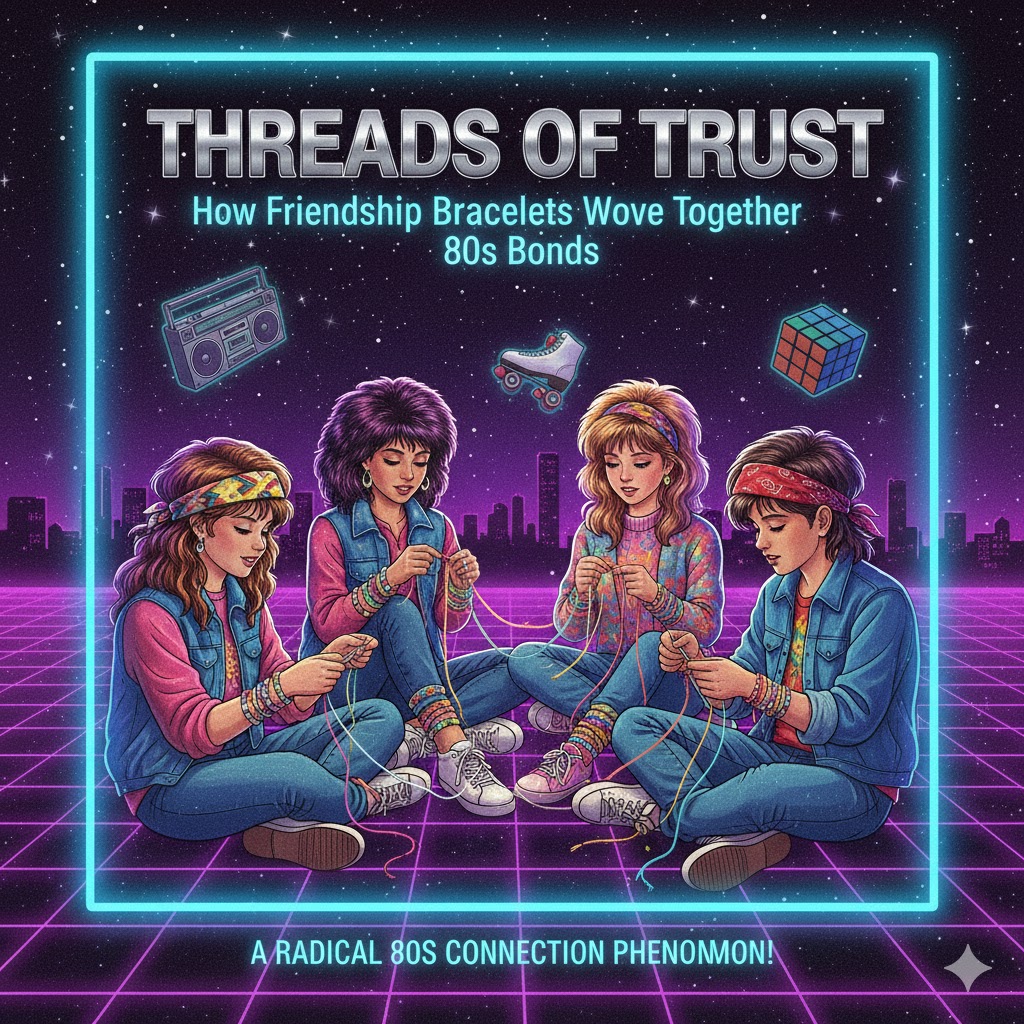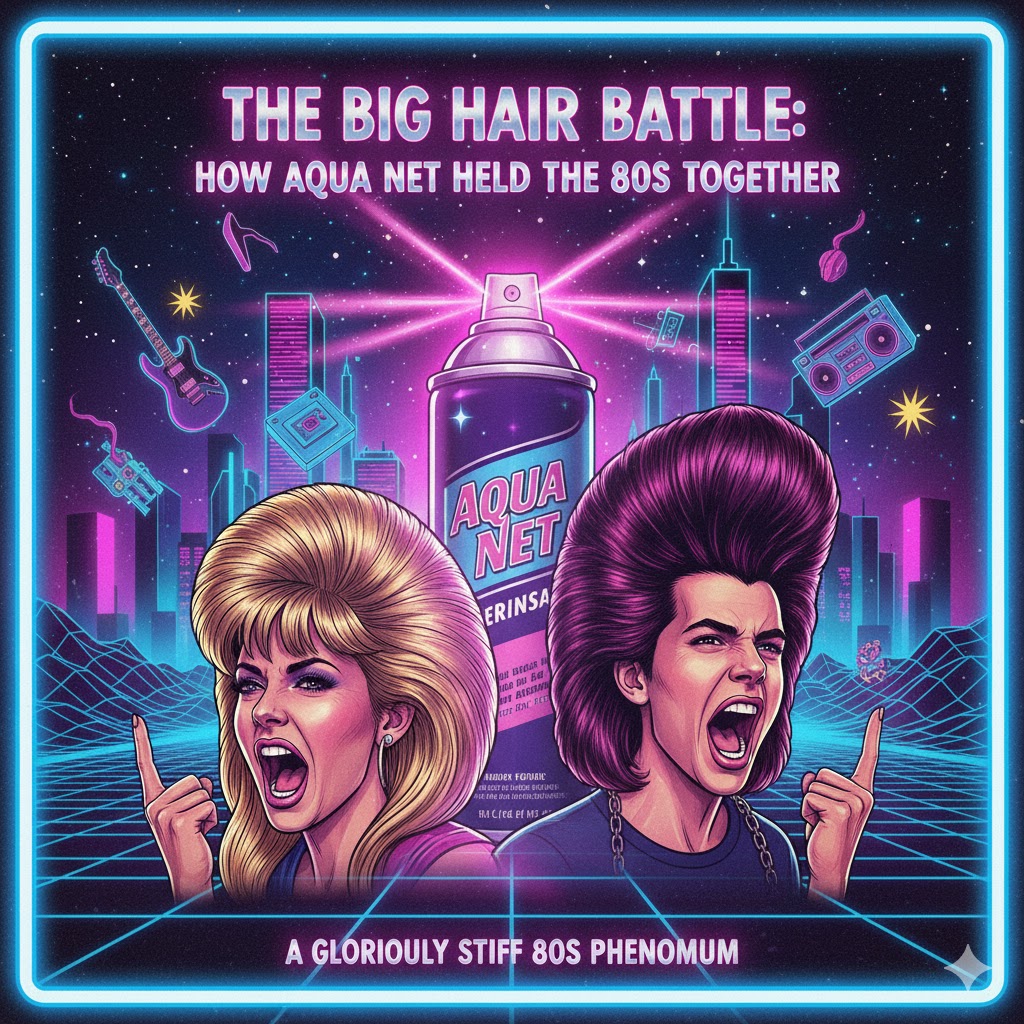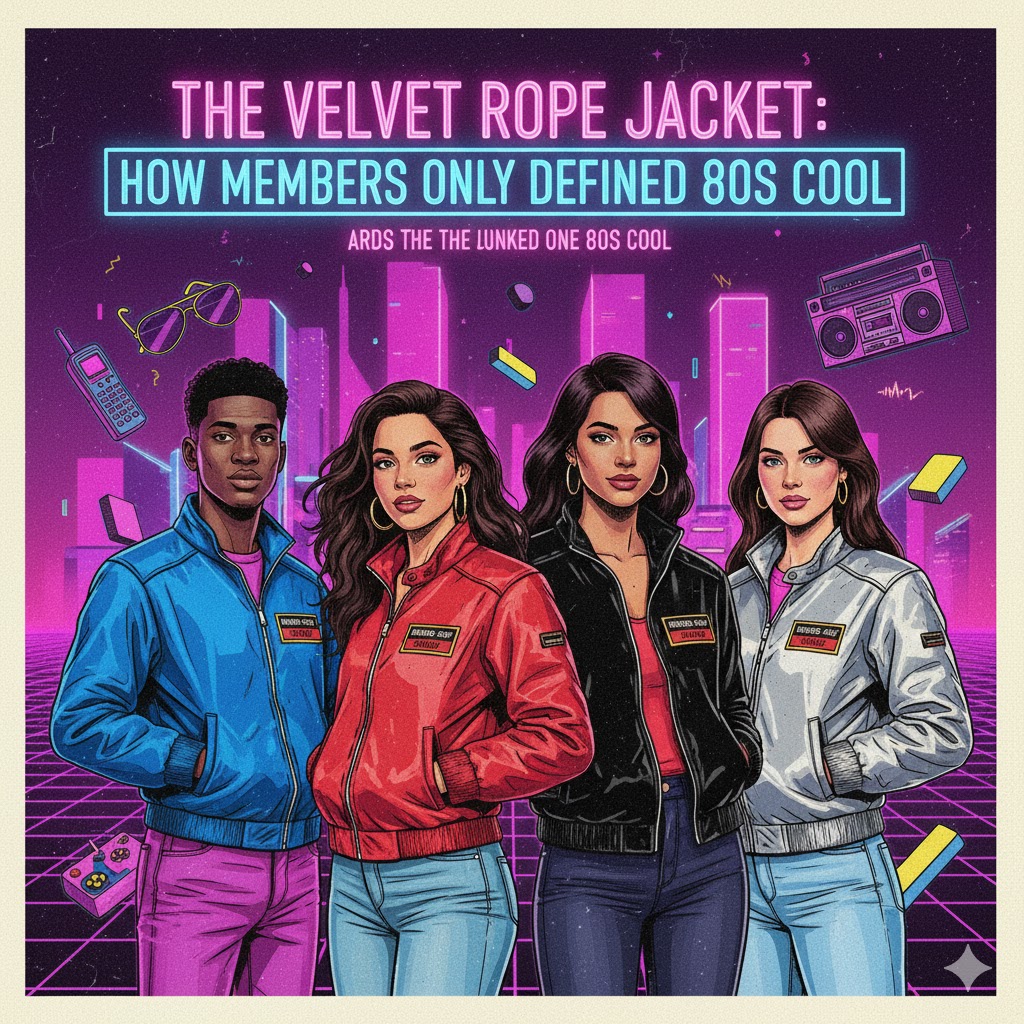 The 1980s were no stranger to strange and unforgettable fashion trends—jelly shoes, leg warmers, acid-wash jeans, Members Only jackets, and shoulder pads all had their moment. But few fashion phenomena burned as brightly—and as briefly—as the Hypercolor shirt craze. These temperature-sensitive garments could change colors with body heat, and for a fleeting moment in the late ‘80s and early ‘90s, they were the most talked-about pieces of clothing in American schools and shopping malls.
The 1980s were no stranger to strange and unforgettable fashion trends—jelly shoes, leg warmers, acid-wash jeans, Members Only jackets, and shoulder pads all had their moment. But few fashion phenomena burned as brightly—and as briefly—as the Hypercolor shirt craze. These temperature-sensitive garments could change colors with body heat, and for a fleeting moment in the late ‘80s and early ‘90s, they were the most talked-about pieces of clothing in American schools and shopping malls.
Hypercolor wasn’t just a trend—it was a perfect encapsulation of the 1980s’ obsession with novelty, science, and standing out. It was equal parts fashion statement and science experiment, and while its time in the sun was short-lived, it left a mark on pop culture that many Gen Xers still remember vividly.
What Were Hypercolor Shirts?
Hypercolor shirts looked like ordinary cotton T-shirts, usually in vibrant neon shades like purple, green, blue, and pink. But the magic happened when they were worn: they changed colors when exposed to heat. If someone touched your shoulder, their handprint would temporarily appear in a different color. If you walked out into the sun or worked up a sweat, the shirt transformed right before your eyes. It was a live color show built into your clothes.
The effect was most dramatic with larger changes in temperature, making Hypercolor shirts behave like wearable mood rings. The heat from your body or external sources altered the shirt’s appearance, creating a dynamic, ever-changing pattern that often felt both fun and strange. The science behind them was cutting-edge at the time, and the shirts became instant conversation starters.
The Science of Color-Changing Fabric
At the heart of the Hypercolor shirt was thermochromism, a property of substances to change color with temperature. The shirts used special dyes known as leuco dyes—dyes that appeared as one color at a lower temperature and transformed into another at a higher temperature.
The process was made possible by encapsulating these leuco dyes in microcapsules and embedding them into the shirt’s fabric. These microcapsules would react to a specific temperature threshold (usually around 90–95 degrees Fahrenheit), causing the molecules in the dye to shift structure and reflect different wavelengths of light, thus changing the color.
The novelty wasn’t just the science—it was the idea that your clothes could react to the world around you, that fashion could be fluid. Hypercolor didn’t just appeal to kids; it felt futuristic. In a decade marked by rapid technological change, flashy aesthetics, and MTV-fueled youth culture, Hypercolor hit a nerve.
Seattle’s Generra Company: The Brand Behind the Magic
The company behind Hypercolor was Generra Sportswear, a Seattle-based clothing brand that had been founded in the early 1980s. Originally focused on brightly colored basics and casualwear, Generra was looking for a hit product to set them apart in an increasingly crowded fashion market. When they teamed up with a Japanese chemical company to develop the thermochromatic dye technology, the result was Hypercolor.
In 1991, Hypercolor shirts exploded onto the American scene. Though they had been in limited circulation before then, the massive national marketing campaign that year made them a household name. They were sold in mall stores, department chains like JCPenney and Macy’s, and became a back-to-school must-have almost overnight.
Within just a few months, Generra sold over $50 million worth of Hypercolor shirts. The success was so overwhelming that they could barely keep up with demand. School hallways became heat-sensitive runways, with kids showing off handprints, breath marks, or impromptu “designs” made just by placing an icy soda can against the fabric.
The Double-Edged Sword of Popularity
Yet, for all their appeal, Hypercolor shirts also had some awkward side effects. Because the dye responded to heat, it didn’t differentiate between someone’s hand and someone’s armpit sweat. Embarrassing splotches would form in unfortunate places, which often left wearers self-conscious and nervous about how their bodies were “drawing” on their shirts. As any teenager can attest, few things are more terrifying than involuntary fashion statements in the wrong places.
Even more damning was the fact that the shirts were fragile. One wash in hot water could permanently ruin the thermochromatic effect. The dye degraded quickly, and the shirts would stop changing color altogether after only a few washes if not handled with extreme care. Generra tried to combat this with wash instructions and better dye chemistry, but for most consumers, the magic didn’t last.
Also, like many fads of the time, the market became oversaturated. Knockoff brands began producing their own heat-sensitive shirts, and prices fell. The novelty wore off. What was once cutting-edge felt gimmicky within a matter of months.
The Fast Rise and Faster Fall
By the end of 1991, the Hypercolor craze was already waning. The shirts were no longer a novelty, and their fragility led to widespread dissatisfaction. Generra, despite having one of the most successful product launches in clothing history, was caught off guard. Their entire production had focused on a single innovation, and when Hypercolor fell out of favor, so did they.
In a tragic turn of fashion economics, Generra went bankrupt in 1992, just a year after its peak success. The Hypercolor fad, as quickly as it had flared up, was over.
A Legacy of Neon Nostalgia
Today, Hypercolor shirts are more often remembered in nostalgic “remember when” conversations, but they still carry a special place in pop culture history. They embodied the essence of late-80s and early-90s fashion: bold, experimental, technology-infused, and unapologetically loud.
In the 2000s and 2010s, there were a few minor revival attempts. Brands brought back Hypercolor-style shirts, often marketed as retro or ironic, and a few small startups experimented with modern versions using more durable dye technology. But none captured the moment the way Generra did at its peak.
In hindsight, Hypercolor’s brief moment in the spotlight serves as a time capsule—an artifact of a more whimsical era when fashion didn’t take itself so seriously. It was a rare fusion of chemistry and style, an experiment that became a craze, and a cautionary tale about the fleeting nature of novelty-driven markets.
In the end, Hypercolor shirts didn’t just change color—they changed the rules of what fashion could be, if only for a moment.


